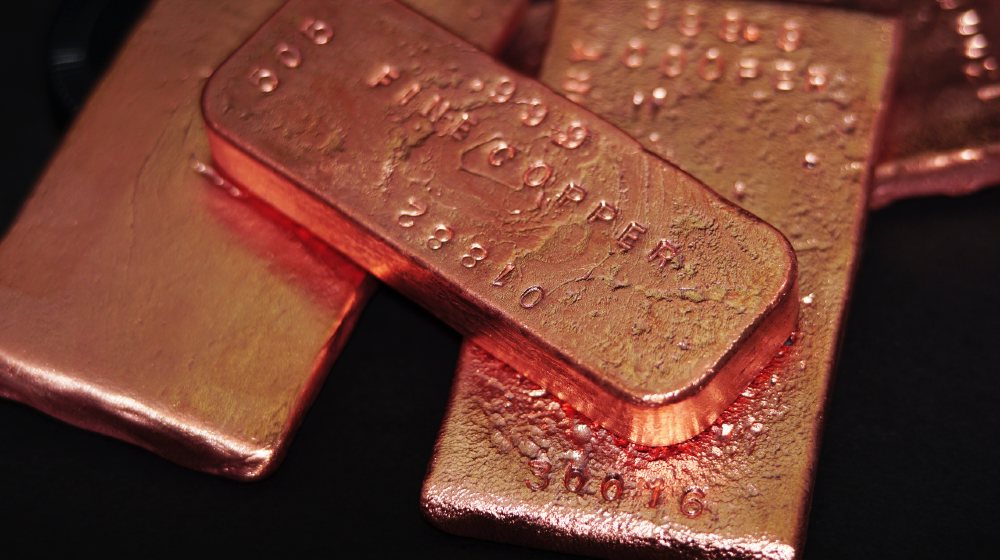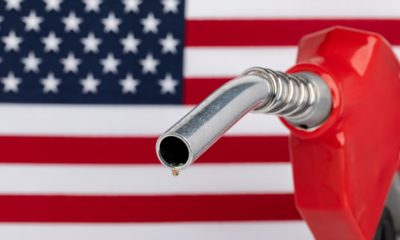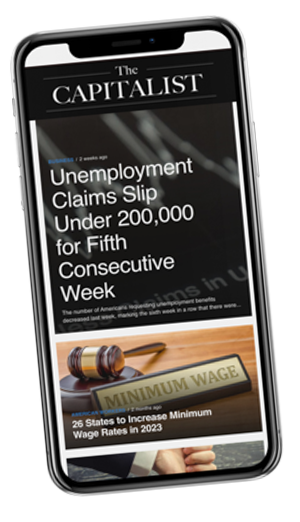Business
Rising Metal Prices Signals Global Recovery Underway

Rising metal prices are indicating the resumption of manufacturing activity. This is in anticipation that coronavirus vaccines and relief programs are underway. The world’s economies are getting ready for a global resurgence.
RELATED: Gold Closes Above $2000 Per Ounce For First Time In History
Industrial metals
Copper is enjoying its highest prices since 2012. Meanwhile, iron ore is enjoying surging prices as demand continues to increase. Among other raw materials, aluminum and zinc enjoy a 40% rise in value since May, and 15% since September. Many mining and metal firms are enjoying stock surges.
Darius Tabatabai, a portfolio manager at metals trading firm Arion Investment Management noted that the booming stock market now moves money to manufacture. The coronavirus problem is nearing its resolution, while the US election is all but completed. “The two big unknowns have resolved themselves, and all we have now is a massive pump of money coming into the economy,” he said.
Here Comes the Boom
Among industries, manufacturing who already got out of the coronavirus gate. This year, it outpaces service industries that are still at the mercy of healthy consumers. So far, manufacturing sustains the world economy, and growing activity in the US and China are good signs.
Jay Sandler, president of Imperial Zinc, noted that “Things are booming.” Earlier this year, the pandemic made the situation seem hopeless. Now, workers need overtime to fulfill demand, especially from automotive companies.
China Leading the Way
As the world’s largest manufacturer of consumer goods, China is accelerating the boom. The country plans to import a record 4.4 million tons for 2020. This includes any stockpiles planned by the government to insulate from future shocks. Metal producers couldn’t be happier, as they enjoy recovering their earlier losses. Instead of writing down more losses, companies are able to pay the debt and increase dividend payouts to stockholders.
Other countries are also feeling the metal rush. Pandemic must-haves such as bikes and air conditions are in great demand. In addition, electric cars and new home purchases increased the need for iron ore, copper, and nickel. This means the raw metals needed for them are also gaining traction. In fact, the trading business started a pickup in the 3rd quarter, and demand is growing. Already, inquiries for January are beginning to pile up.
Copper Expected to Rebound
Meanwhile, copper prices are enjoying increased prices as coronavirus-related restrictions are easing off. Copper prices on the London Metal Exchange are up 65% from their rates in March and more than 18% from their October prices. China is once again spearheading the demand, and Goldman Sachs International expects prices to rise further. From the current $7,600 per ton rates, the firm expects copper to reach the $10,000 mark by 2022.
Investors are already jumping on the bandwagon. This early, Candice Bangsund of Fiera Capital said they trained their sights on Canadian metal stocks. She sees an all-clear for manufacturing once vaccine distribution begins. “The visibility alone has created a lot of momentum,” she said. “You can see the light at the end of the tunnel.”
Supply Disruptions and Green Projects
Investors also anticipate the rise in metal prices due to supply disruptions. Mines decreased or altogether shut down production due to the pandemic. Labor strikes and a lack of new investment due to lower prices earlier this decade also helped dampen production. Besides, it didn’t help that the US and China played a long bout of tug of war that slowed investment in mining. This means that at present, demand is outstripping supply. David Lilley of Drakewood Capital observed that “Supply was being disrupted as much if not more so than demand.” He sees the outlook for industrial metals brighter now than compared to a few years ago.
In addition, renewable and green projects require lots of copper and other industrial metals. The recent win of Biden signals new interest in sustainable sources of energy. As such, the construction of new electric-car charging stations, wind turbines, solar power plants, and others will definitely need a steady supply of industrial metals. In particular, a Jeffries report said that wind turbines are “at least five times more copper-intensive than conventional power.”
Watch SkyNews Australia as they report that iron ore prices are currently at their highest since 2014:
With coronavirus all but eradicated, it’s a guarantee that manufacturing will shoot up as countries scramble back to normal. Do you agree that investing in industrial metals is a good idea at this point? Or do you prefer the relative safety of value stocks such as tech? Let us know what you think by sharing your comments below!
















3 Comments
I disagree with the #1 for the simple reason when you look back at how busy the industries were the price of the materials were not rising during that high demand.
As the US transitions toward socialism there will be continued unemployment and reduced buying ability of the everyday citizen. Because of the US’s poor monetary policies the US dollar will be replaced as the world currency. This alone will increase the cost of all goods and services here in America by 30% overnight further reducing American buying power and plunging even a greater percentage of the American population into poverty.
I’m depending on it!